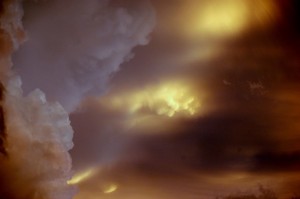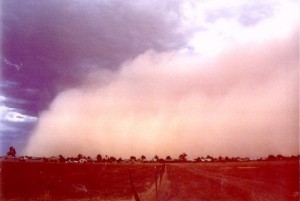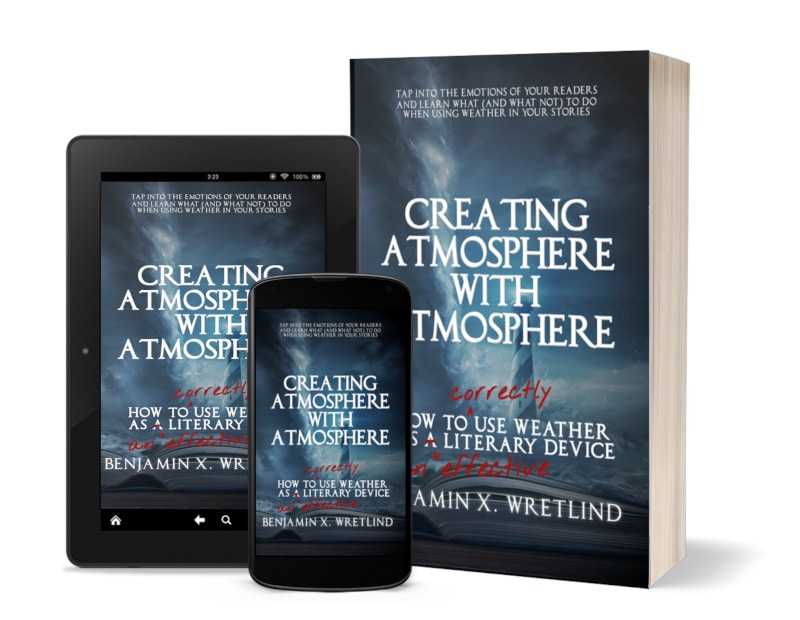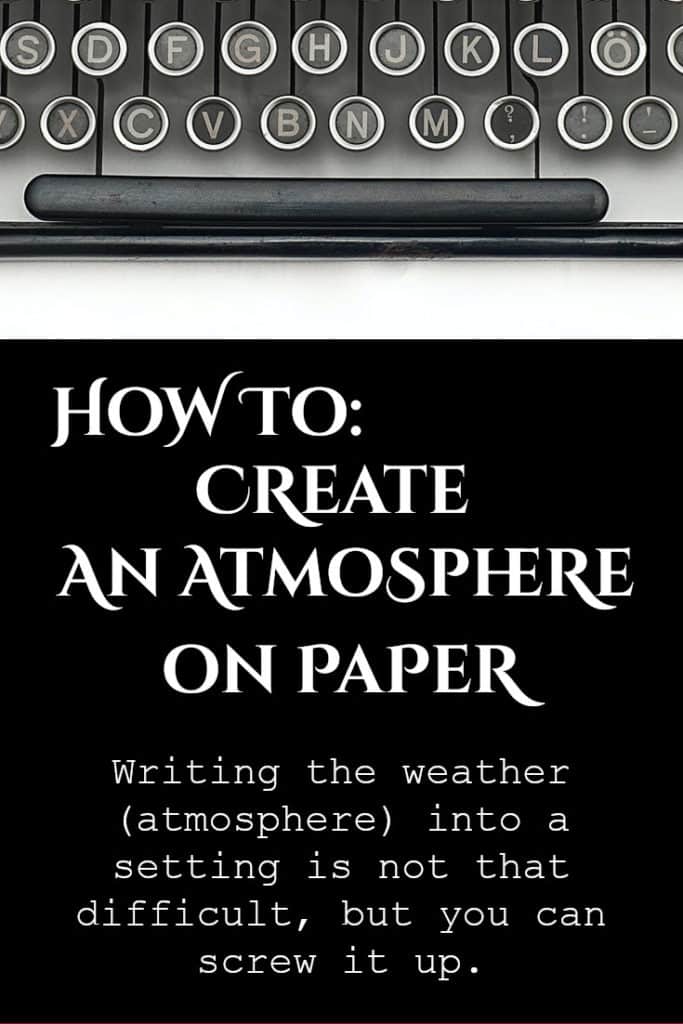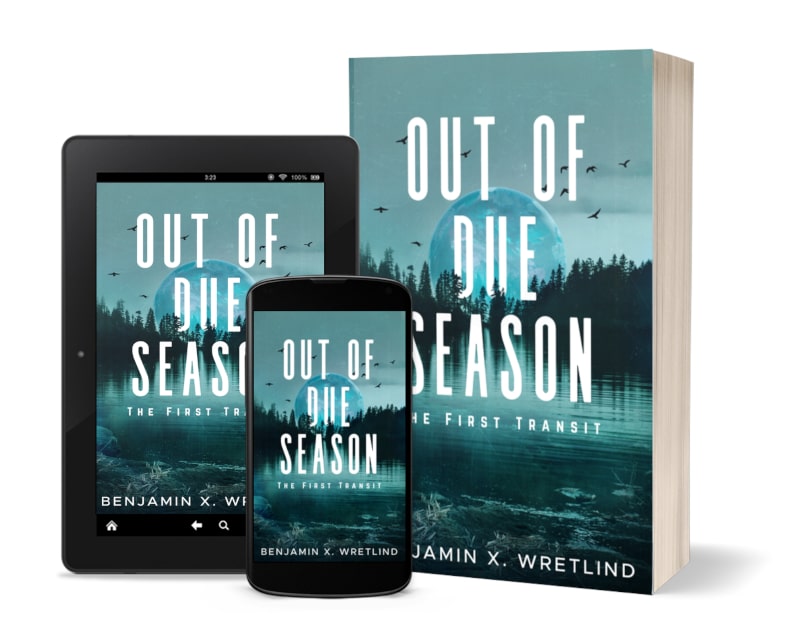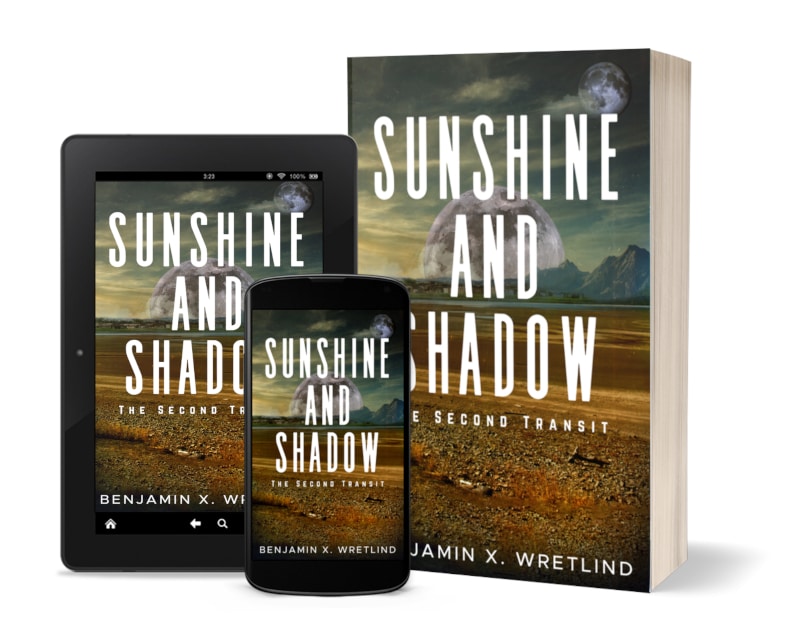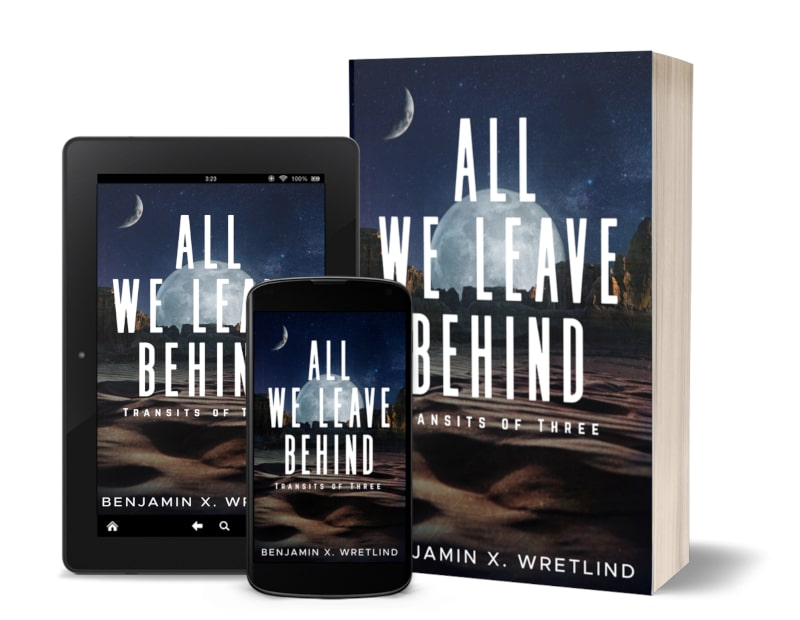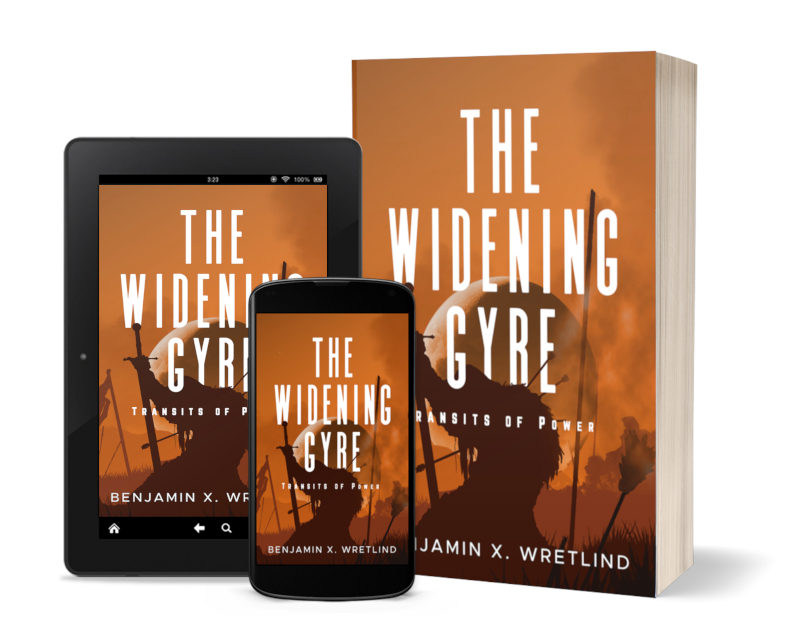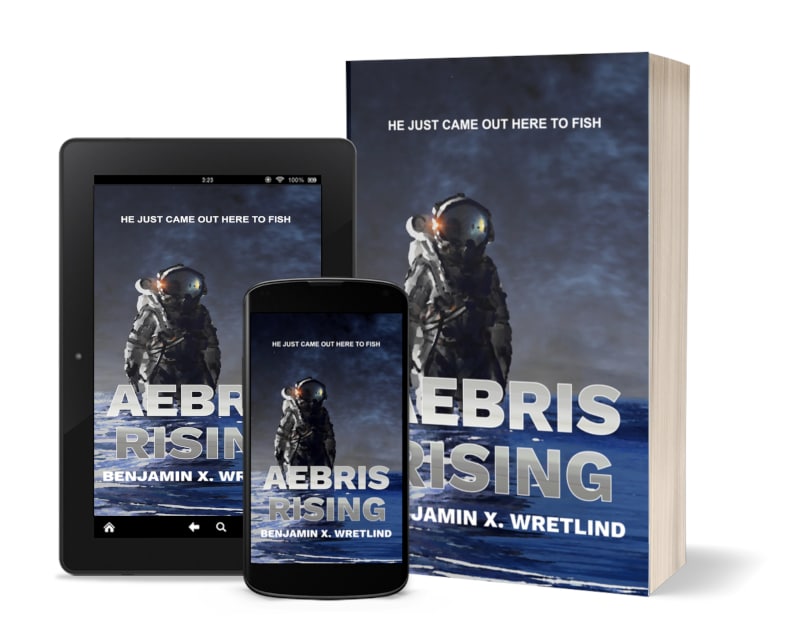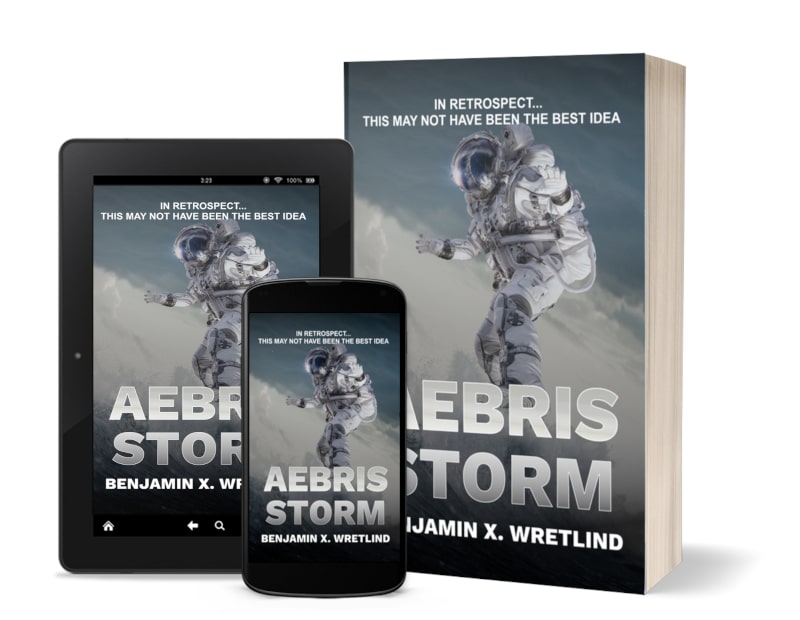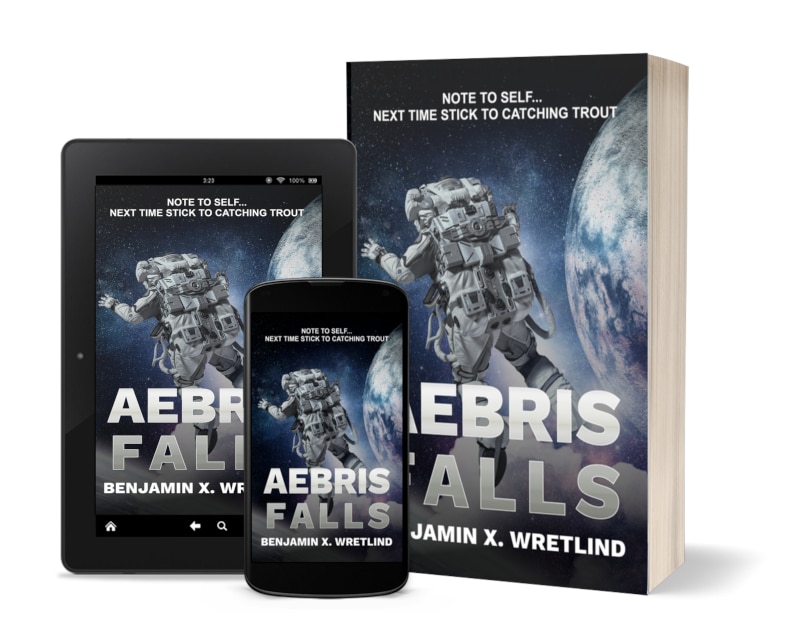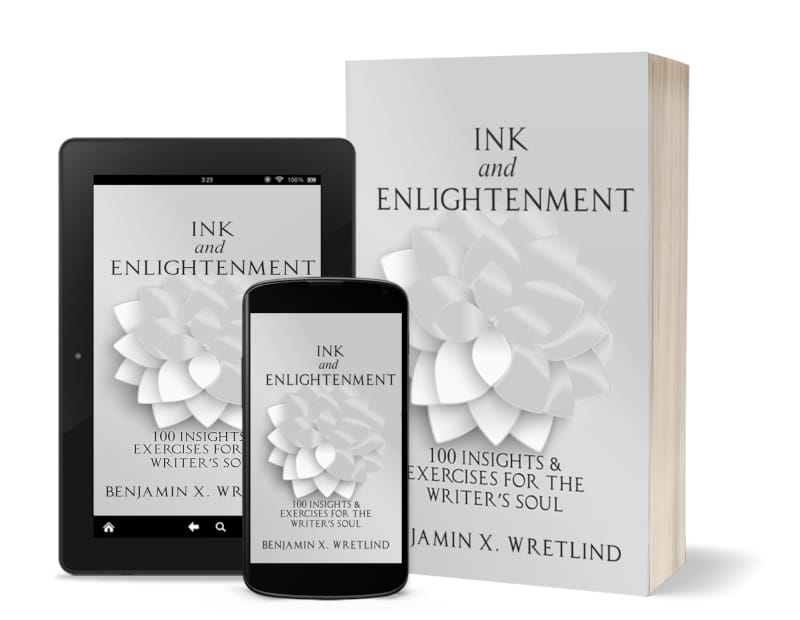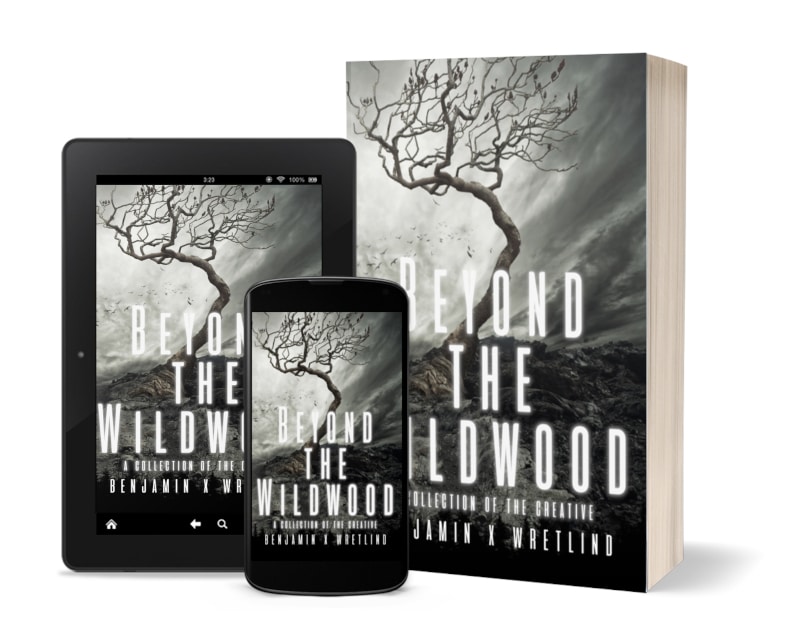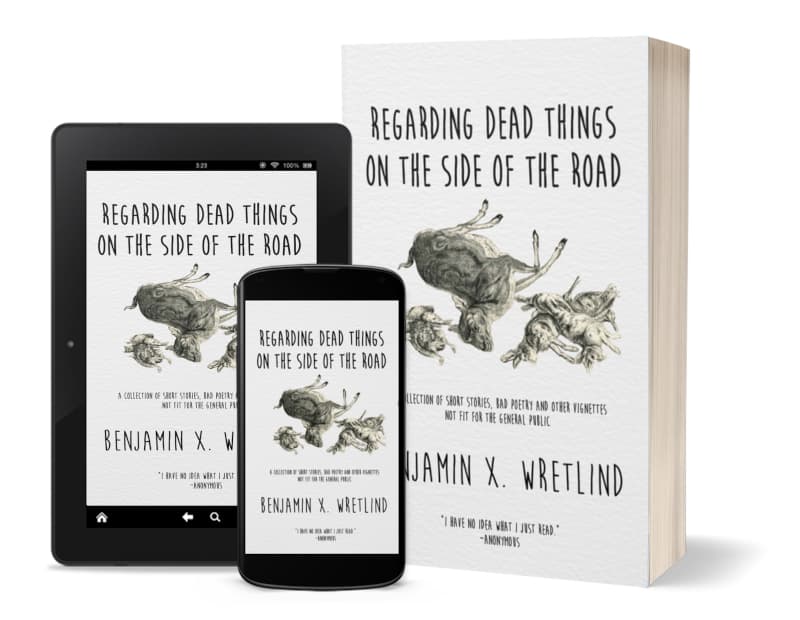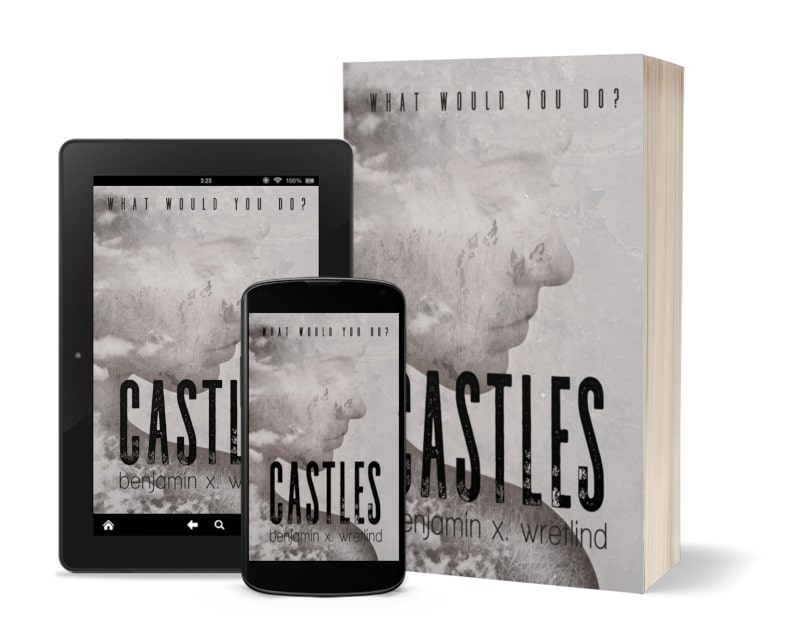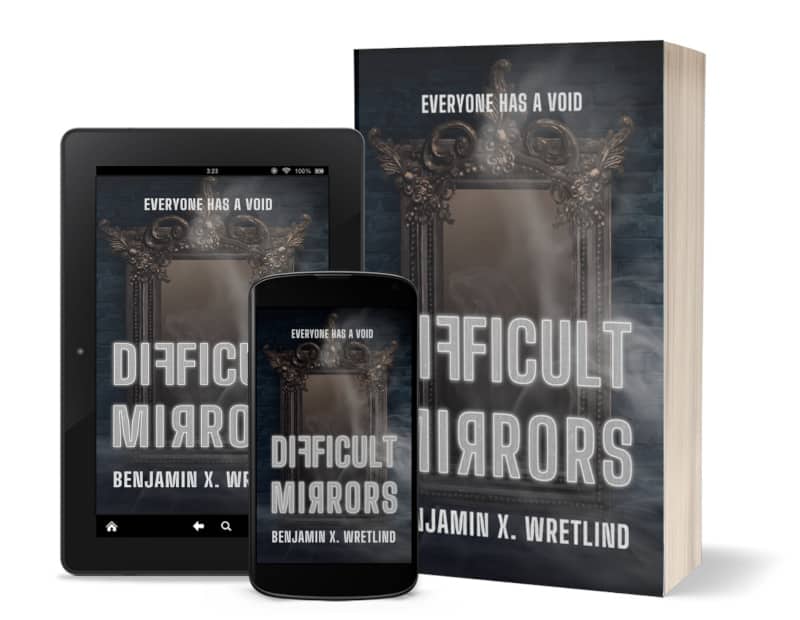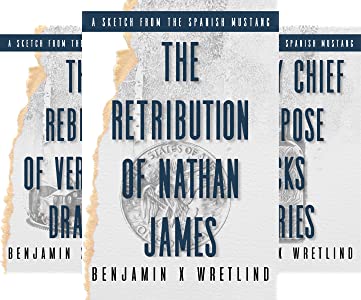How To: Create an Atmosphere on Paper
For 20 years or so, I studied the atmosphere and forecasted the weather. While I spent a vast majority of my time on the training side of the house, I was nevertheless embedded in all things weather.
So when I read a book or watch a movie, I’m probably more aware of the weather than most people. This isn’t to say people aren’t observant–they are–but their observations will often tend to take them someplace else, someplace that doesn’t have to do with clouds or precipitation or whatever.
To me (and I believe subconsciously you, too) weather in writing creates an atmosphere that can make or break a scene. To give you an example of this, the following two passages are the same, but different. One with the weather, one without. (This passage comes from Silence and Fire, one of my novellas.)
She looked through tear-filled eyes at the shadows and the patterns the rain drew for her on the canvas of the tent. The noise–pounding, driving, beating, thrashing, drubbing–was almost muted as her mind swirled from past to present to a future she was almost certain would never come.
She looked through tear-filled eyes at the shadows and the patterns on the canvas of the tent. Her mind swirled from past to present to a future she was almost certain would never come.
You can take two things from this: 1) the weather doesn’t matter; it doesn’t help to set any stage and the second paragraph is less cluttered without expository language; or 2) the weather fits the mood of the character (Claire) by describing how the shadows on the tent wall are being drawn and a world that’s noisy but muted by Claire’s own thoughts.
To me (and this is really all opinion), descriptions of the weather enhance the mood of the setting (i.e., the atmosphere). Good descriptions are not asides; they are part of the whole. Is it cold? Is it hot? Do the clouds create a shadowed/muted scene? Does the rain/snow/hail relate to a feeling? Is there fear in a character that’s increased by a thunderstorm (thereby increasing the fear/nervousness/anxiety of the reader)?
Tony Hillerman, who passed away in 2008, wrote quite a few novels set within the borders of the Navajo Nation in northeast Arizona/northwest New Mexico. The country there is high desert: arid, hot in the summer, cold in the winter, full of dust and all things spiky. His characters, being Navajo who “walk in beauty,” often notice the weather from their point of view. Hillerman is so great at weaving meteorology into the story that it often sets the mood better than any character’s action/inaction or narrative could.
As an example, think of a thunderstorm on the horizon, far away. Thunderstorms are created with a combination of heat, moisture and instability and we can equate that simple description to something like an exposition. Once a trigger is reached (such as air forced up a mountainside or intense heating throughout the day), a thunderstorm is born. You could call that the conflict, if you will. As the thunderstorm moves closer, there is rising action. Perhaps the first lightning crash and sudden deluge of rain is like the climax, and the dribbling aftermath as the storm moves on like a dénouement.
This is very simplistic in its design, and the story could move through each plot element the same as if it had never been written. However, the reader knows what it feels like to see a storm approach (anxiety); they know what it feels like to be in a downpour and hear thunder crash (fear); and they know what it feels like as a storm moves on (relief).
Writing the weather (atmosphere) into a setting is not that difficult, but you can screw it up. Think of a sad character. Does it help your reader feel her emotion if you describe the sunrise on a clear, perfectly temperate day, or would it set a better mood if there were undulating clouds hanging over the scene like a smothering blanket?
Keep in mind that there are readers out there who have studied meteorology for years, and like anything, the genius is in the details.
Clouds aren’t likely to hang in the air like bricks, and there’s no such thing as a Category 7 hurricane.
Learn more in Creating Atmosphere with Atmosphere: How to Use Weather as a Literary Device


